Airtable vs. Asana: Which App is Right for You? [2025]
Choosing the right productivity tool can be challenging, especially with so many excellent options available. Among the most popular choices are Airtable and Asana. While they function differently, both help teams stay organized and productive. Airtable acts like a smart spreadsheet with adaptability, while Asana focuses more on tasks and group projects. So, which should you choose in 2025? Your decision will depend on your team’s working style and needs—whether it’s deep data organization or basic task tracking. In this article, we will compare Airtable and Asana side by side. Discover their features, advantages, and drawbacks to guide your choice for your team.

Airtable
Airtable is ideal for teams dealing with structured data and detailed procedures. It combines the simplicity of a spreadsheet with the capabilities of a database, allowing you to link vast amounts of data. Teams can create customized tables, link records across views, and build systems tailored to their specific processes. Its adaptability makes it a great option for marketing teams, researchers, content strategists, and anyone handling complex data. Airtable offers multiple perspectives, like grids, calendars, galleries, and Kanban boards, enabling users to view their work in various dimensions. It integrates with popular apps such as Slack, Google Drive, and Zapier, and also supports automation. You can set rules to save time on repetitive tasks and automate actions.
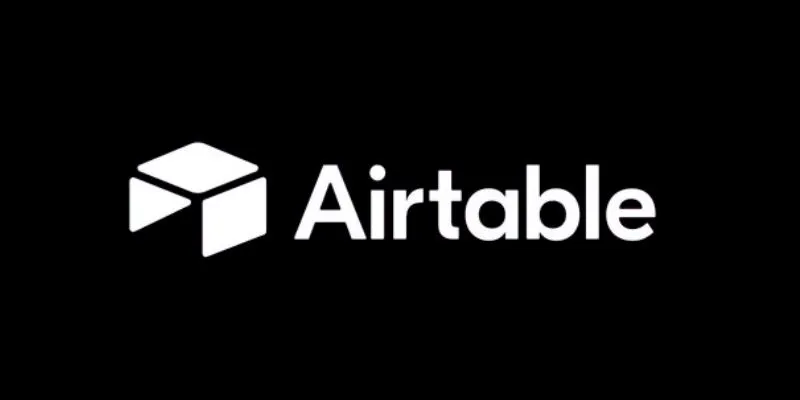
Asana
Asana is a user-friendly project management solution that helps teams stay efficient and organized. It focuses on task tracking, open communication, and progress monitoring. With Asana, you can start a project, break it down into tasks, assign work, and set deadlines. Everything is clearly displayed and easy to follow. You can manage tasks using calendar view, board view—similar to Kanban, or list view. One of Asana’s strongest points is its simplicity. Beginners will find it easy to use, thanks to its clean design and practical features. Asana encourages teamwork through real-time updates, comments, file sharing, and status tracking. It’s highly valuable for teams looking to keep everyone on the same page without much complexity.
Key Differences Between Airtable and Asana
Here are the key differences between Airtable and Asana to help you decide which tool fits your team’s needs:
Customization vs. Simplicity
Airtable is perfect for teams handling big data or complex projects, as it offers highly flexible views that allow users to create customized processes. You can choose from various displays, such as grids, Kanban boards, or calendars, and build different types of tables and link records. In contrast, Asana emphasizes simplicity. It’s ideal for teams wanting a straightforward task management system, as its UI is simple and easy to use. Asana’s simplicity enables users to quickly adapt and start planning activities without much setup, even though its customization features are limited compared to Airtable.
Task Management and Collaboration
Task management is Asana’s forte; it enables teams to assign work, set deadlines, and easily track progress. It facilitates collaboration through comments, file sharing, and status updates, offering several ways to view tasks, including lists, boards, and calendars. While Airtable can handle tasks, it focuses more on organizing and analyzing data. Its task management tools are less developed than Asana’s, making it less suitable for teams prioritizing efficient task tracking and collaboration.
Flexibility and Database Functionality
Airtable excels with its flexibility and strong database-like architecture, allowing teams to efficiently manage large volumes of data. Users can visually and intuitively manage complex data, link multiple tables, and create relational databases. In contrast, Asana doesn’t offer the same level of data processing customization. While it is excellent for tracking tasks and projects, it cannot build sophisticated databases. If your team handles complex data, Airtable’s database features offer more freedom and control over your data.
Ease of Use
Asana’s user-friendliness makes it ideal for teams seeking a quick and straightforward way to coordinate projects and manage tasks. Its clear and simple UI has easily navigable features. However, Airtable’s database nature requires more learning. While not overly complex, those unfamiliar with databases might need time to adjust to its organization. If you want a tool you can pick up quickly with minimal training, Asana’s simplicity will suit you better than Airtable.
Integrations and Automation
Both Airtable and Asana offer strong integrations with external programs like Slack, Google Drive, and Dropbox. Airtable goes a step further by allowing users to automate processes across multiple applications through Zapier integration. Teams seeking advanced automation systems will find this highly beneficial. Asana includes automation tools such as task dependencies, recurring tasks, and rule-based triggers, but it might not offer the same level of customization for automated processes that Airtable provides.
Which Tool is Right for You?
Your team’s requirements and workflow will determine whether Airtable or Asana is the best fit. If your priorities are team cooperation and task management , Asana is an excellent choice. It offers an intuitive interface for teams of all sizes, facilitating task tracking, deadline setting, and fostering communication. Organization and keeping everyone aligned are Asana’s strengths. In contrast, if your team works with large data sets or requires more complex processes, Airtable provides greater flexibility. Its database- like features allow customization of views, data arrangement in various formats, and record linking to create comprehensive workflows. Airtable is perfect for teams managing complex data and needing more control over their information architecture.
Conclusion:
Both Airtable and Asana remain excellent tools in 2025, each serving different purposes. If task tracking, team building, and project timeliness are your priorities, choose Asana. It’s perfect for everyday processes and easy to use. If your team requires more data control, custom views, and process automation, opt for Airtable. It’s ideal for managing complex projects with substantial data. Your final decision should align with your team’s goals and preferred working style.
Related Articles

The 9 Best Gantt Chart Software Tools to Streamline Your Projects

Best Project Management Software for Small Businesses: A Comprehensive Guide

Smartsheet vs. Asana: Which Project Management App is Right for You?

Discover the 6 Best Employee Management Software and Apps for 2025

Discover the 6 Best Employee Management Software and Apps for 2025

The 13 Best Campaign Management Software Tools to Streamline Your Marketing

Trello vs. Jira: Choosing the Best Tool for Your Projects

Microsoft To Do automation can simplify your daily planning

The Best Project Management Tools for 2025: Trello, Asana, and More

Streamline Your Workflow: 6 Effective Ways to Automate Project Management

12 Essential Software Solutions for Efficient Issue Tracking
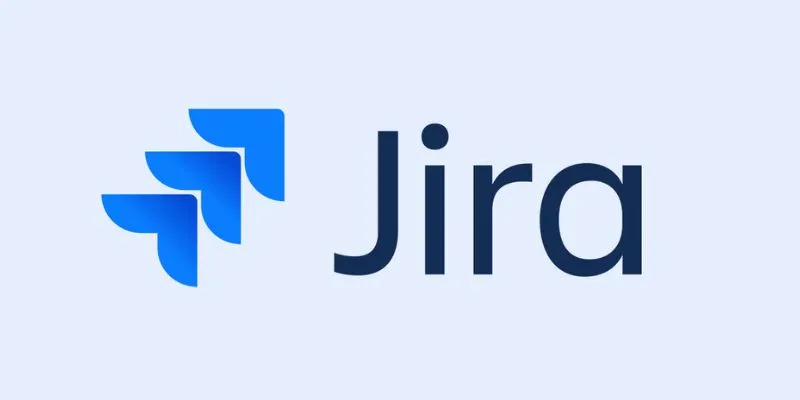
The 8 Best Agile Project Management Software Tools for Streamlined Workflow
Popular Articles

Real Work, Less Effort: The Power of Web Scraping and Automation Tools

The 6 Best AI App Builders in 2025 for Fast, No-Code Development

How to Share Audio on Zoom: The Step-by-Step Guide for Beginners

8 FLV Recorders That Help You Save Streaming Videos

Convert MXF Files Without Quality Loss: 5 Tools for Mac
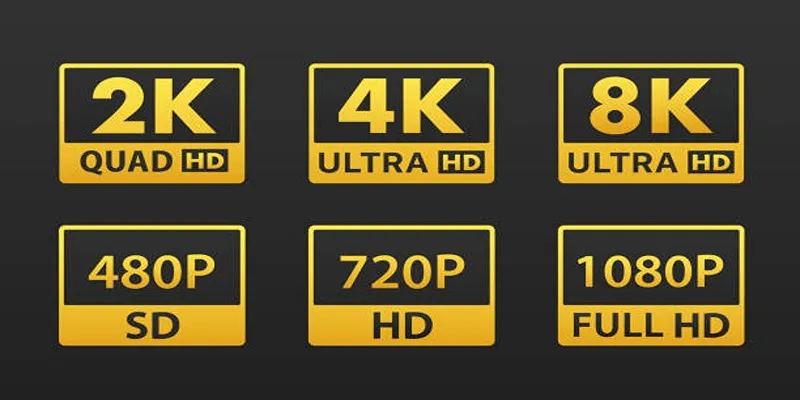
4K UHD vs 1080p Resolution: What You Need to Know

Top 3 Simple Ways to Convert WMA to MP4 Easily
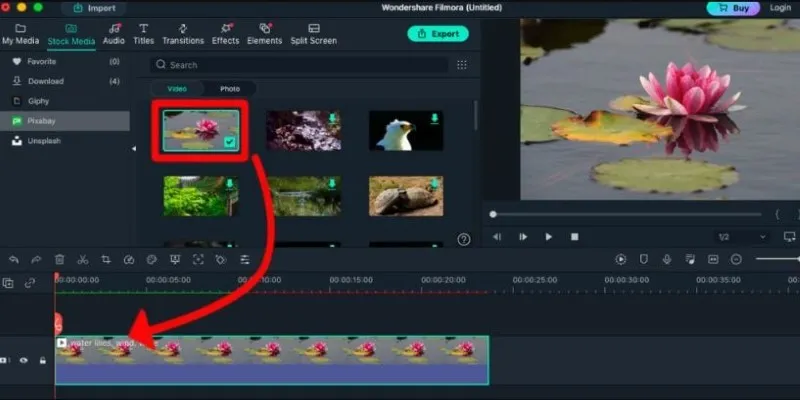
Perfect Your Video Framing: A Guide to Cropping in Filmora
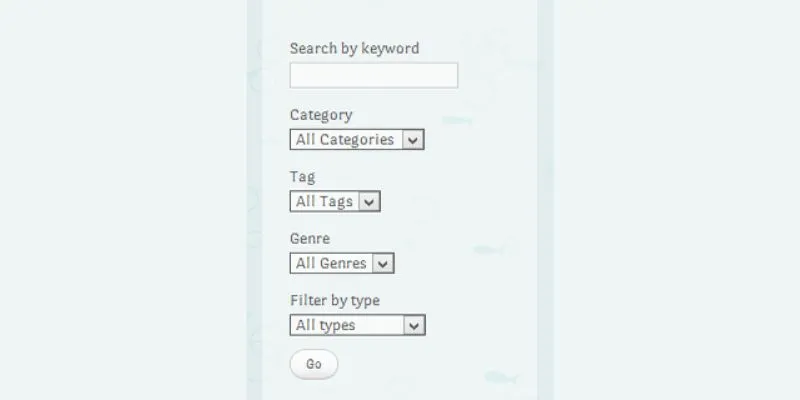
How To Add An Advanced Search Box In WordPress Using Facetious: A Guide

Best Tools to Convert Any Video to MP4 for Your PSP

Top 5 M3U8 Converters for Seamless Online and Offline Playback
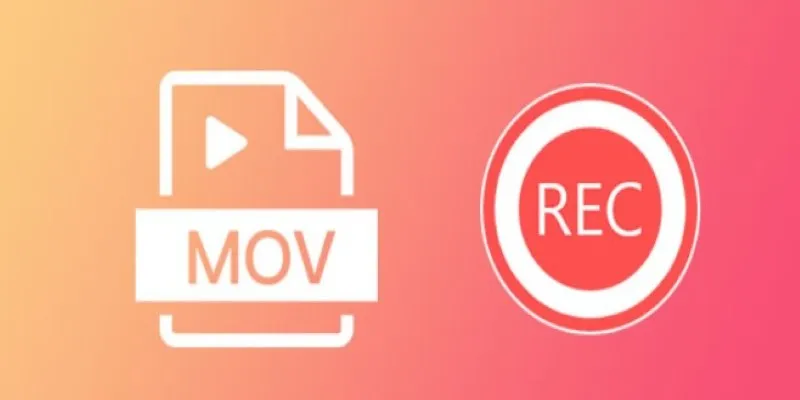
 mww2
mww2